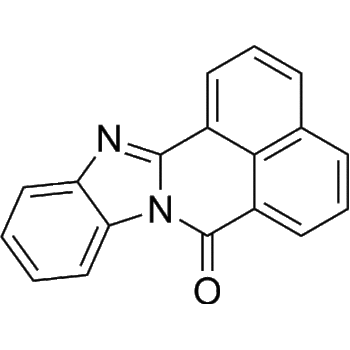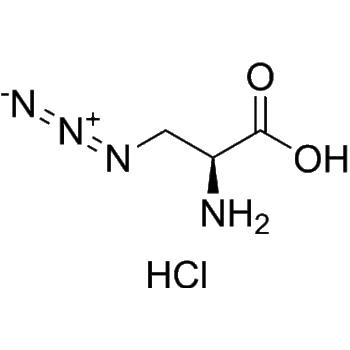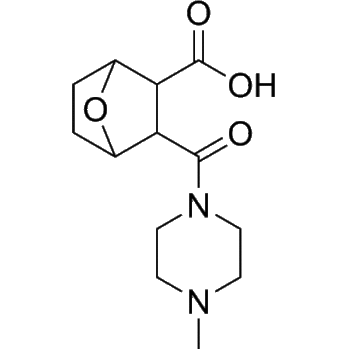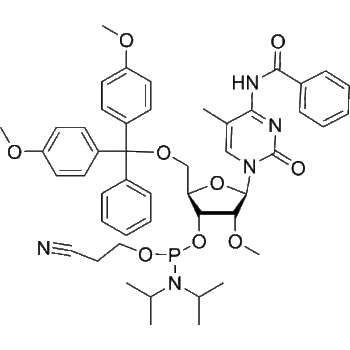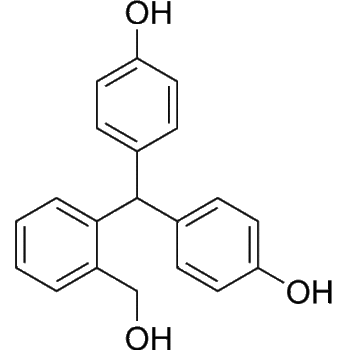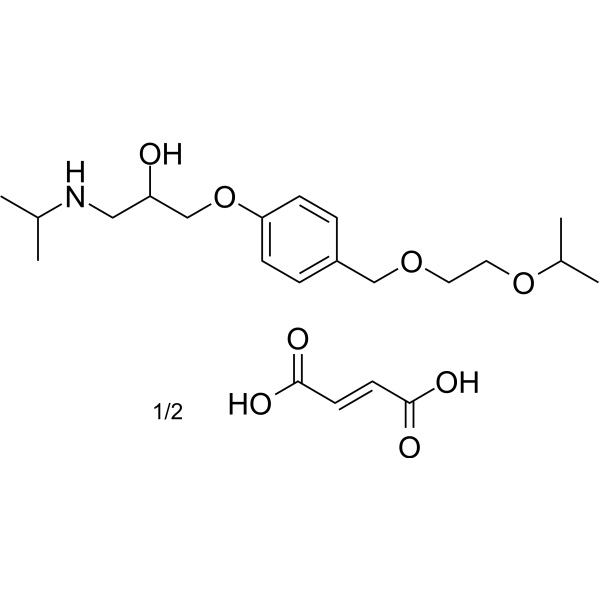
Download Files:
Bisoprolol (hemifumarate)
SKU
HY-B0076-100 mg
Category Reference compound
Tags Adrenergic Receptor, Cancer; Endocrinology; Inflammation/Immunology; Cardiovascular Disease, GPCR/G Protein;Neuronal Signaling
$55 – $264
Products Details
Product Description
– Bisoprolol hemifumarate is a potent, selective and orally active β1-adrenergic receptor blocker with little activity on β2-receptor. Bisoprolol hemifumarate has the potential for hypertension, coronary artery disease and stable ventricular dysfunction research[1][2].
Web ID
– HY-B0076
Storage Temperature
– 4°C (Powder, sealed storage, away from moisture)
Shipping
– Room Temperature
Applications
– COVID-19-immunoregulation
Molecular Formula
– C18H31NO4.1/2C4H4O4
Citations
– Am J Respir Cell Mol Biol. 2023 May 10.|Int J Mol Sci. 2023 Aug 9, 24(16), 12609.|Mol Neurobiol. 2019 Jan;56(1):367-377. |ACS Omega. August 8, 2022.|J Pharmaceut Biomed. 2020, 113870.
References
– [1]Jillian G Baker, et al. The selectivity of beta-adrenoceptor antagonists at the human beta1, beta2 and beta3 adrenoceptors. Br J Pharmacol. 2005 Feb;144(3):317-22. |[2]Jing Wang, et al. Bisoprolol, a β 1 antagonist, protects myocardial cells from ischemia-reperfusion injury via PI3K/AKT/GSK3β pathway. Fundam Clin Pharmacol. 2020 Dec;34(6):708-720. |[3]Hong Yang, et al. Bisoprolol reverses epinephrine-mediated inhibition of cell emigration through increases in the expression of β-arrestin 2 and CCR7 and PI3K phosphorylation, in dendritic cells loaded with cholesterol. Thromb Res. 2013 Mar;131(3):230-7. |[4]Jinhua Liu, et al. Protective Effects of Bisoprolol Against Cadmium-induced Myocardial Toxicity Through Inhibition of Oxidative Stress and NF-κΒ Signalling in Rats. J Vet Res. 2021 Oct 20;65(4):505-511. |[5]Yajuan Ni, et al. Bisoprolol reversed small conductance calcium-activated potassium channel (SK) remodeling in a volume-overload rat model. Mol Cell Biochem. 2013 Dec;384(1-2):95-103.
CAS Number
– 104344-23-2
Molecular Weight
– 383.48
Compound Purity
– 99.73
SMILES
– OC(CNC(C)C)COC1=CC=C(COCCOC(C)C)C=C1.OC(/C=C/C(O)=O)=O.[1/2]
Clinical Information
– Launched
Research Area
– Cancer; Endocrinology; Inflammation/Immunology; Cardiovascular Disease
Solubility
– DMSO : ≥ 50 mg/mL|H2O : 20 mg/mL (ultrasonic)
Target
– Adrenergic Receptor
Isoform
– β adrenergic receptor
Pathway
– GPCR/G Protein;Neuronal Signaling
Product type
– Reference compound
Disclaimer: All products are for Research use only unless clearly stated otherwise on the product datasheet. Datasheets provided on the website are drafts for reference purpose only and you are requested to always refer to the hard copy included in the kit for your experimentation. Agdia Products are available for delivery only in Canada.
